The most extreme planets scientists have discovered in our galaxy
The discovery of these exoplanets defied what scientists considered possible.
One half of the 2019 Nobel Prize in Physics was awarded for the discovery of a planet going around another sun i.e an exoplanet. Since the first exoplanet discovery in the 1990s, scientists have found a plethora of worlds around different stars in our galaxy. According to the NASA Exoplanets website, over 4,000 exoplanets have been discovered to date.
Just like how planets in our solar system are different than each other, exoplanets come in various kinds too. Some of these exoplanets border on the extreme and their discovery defied what scientists considered possible for a planet. I’ve picked some that intrigued me the most below, feel free to dig into the Exoplanet Catalog for more.
Wasp-12b – A planet that’s being eaten by its star
Imagine a planet twice the size of Jupiter, the largest planet in our solar system, and place it very close to its star. At such proximity, the gas giant would be tidally locked to its star, like the Moon is to Earth. It thus shows only one face to the star. The discrepancy in the gravitational attraction on the star-facing side and the eternally dark side makes the planet egg-shaped. Welcome to Wasp-12b.
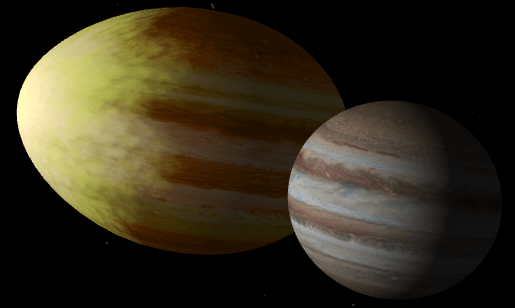
Scientists have found that Wasp-12b is being stripped of its atmosphere by the host star. They estimate that the star will devour the entire planet in a mere 10 million years (astronomically speaking). To think that one day the Sun will swell to become a Red Giant and might eat up Earth in a similar fashion paints quite a picture.
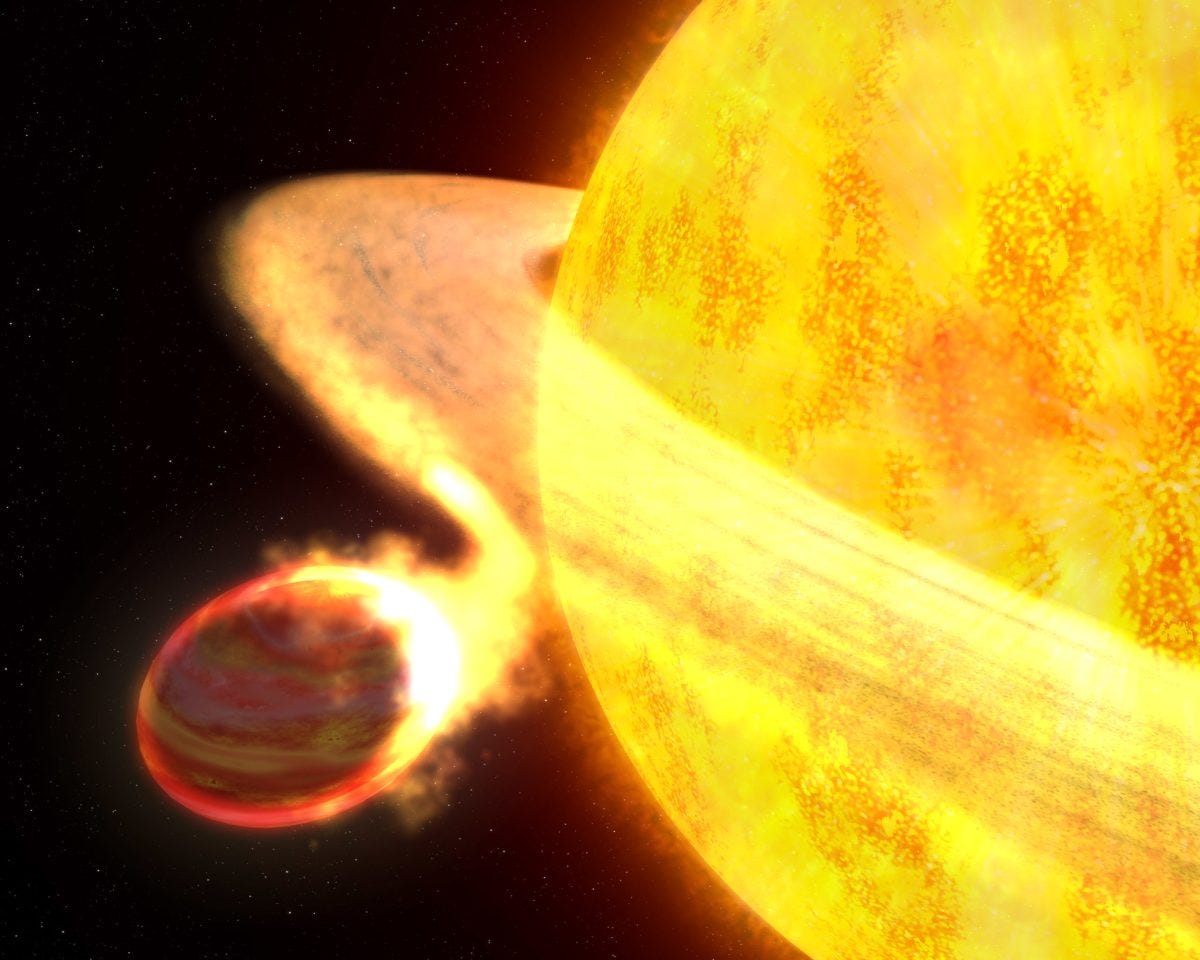
PSR B1257+12 b, c and d – Radiation-riddled worlds
The very first exoplanets that scientists discovered, designated PSR B1257+12 b, c and d, were found around a type of star that wasn’t expected to host planets.
When a massive star explodes, its core forms a neutron star––an Earth-sized object having ridiculously high density. Scientists don’t expect planets around giant stars to sustain stellar explosions and keep orbiting the newly formed neutron stars, but here were three planet doing just that, around the neutron star PSR B1257+12!
Neutron stars emit a lot of harmful radiation, including X-rays and gamma rays that are severely damaging to life on Earth. Ergo, the three planets going around the neutron star are constantly bathed in radiation. The planets are considered to be as lifeless as planets can be, much like the ones around the black hole in the Hollywood film Interstellar should’ve been.
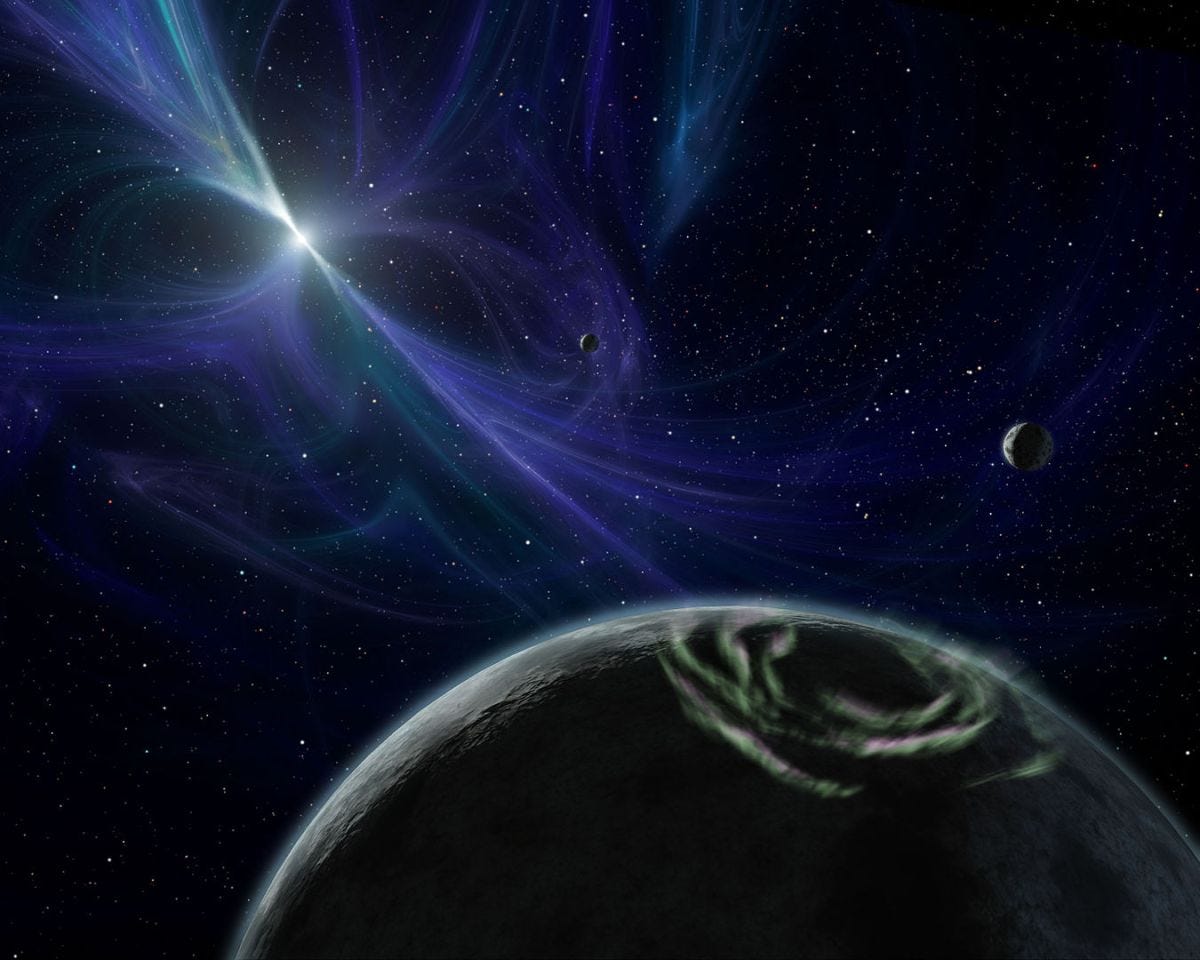
But planets around neutron stars might be a pretty sight from a distance, say from a spacecraft passing by. The radiation from the neutron star can cause dazzling auroras on the planets, much like on Earth and Jupiter.
TrES-2b – A planet darker than coal
TrES-2b is another Jupiter-sized planet very close to its star. Hot Jupiters like this are expected to be dark i.e. their clouds reflect very little light. Scientists found TrES-2b to be the record holder, as it only reflects less than 1% of starlight that comes it way. Even coal is brighter than that! The planet only shows a faint red glow due to its proximity to its star.
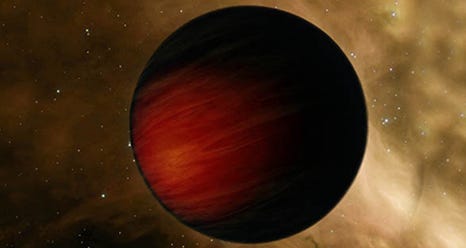
Low reflectivity wasn’t totally unexpected. Scientists use physics and chemistry models to understand what elements the clouds of Hot Jupiters must contain. And sure enough, scientists found TeES-2b to host light-absorbing chemicals like sodium, potassium and titanium oxide. However, scientists aren’t convinced that these elements alone suffice to explain the extreme blackness of TeES-2b. It remains an unsolved problem.
Super Saturn – The planet with rings 200 times bigger than Saturn’s
Saturn’s rings are among the most beautiful sights in the solar system and an astronomer’s delight. But can exoplanets have rings too? Turns out, they can.
Meet J1407b––an exoplanet 20 times more massive than Saturn, around which scientists found huge rings. The rings of Super Saturn J1407b span 180 million kilometers wide. That’s larger than the Earth-Sun distance (150 million kilometers) and 200 times bigger than Saturn’s rings!
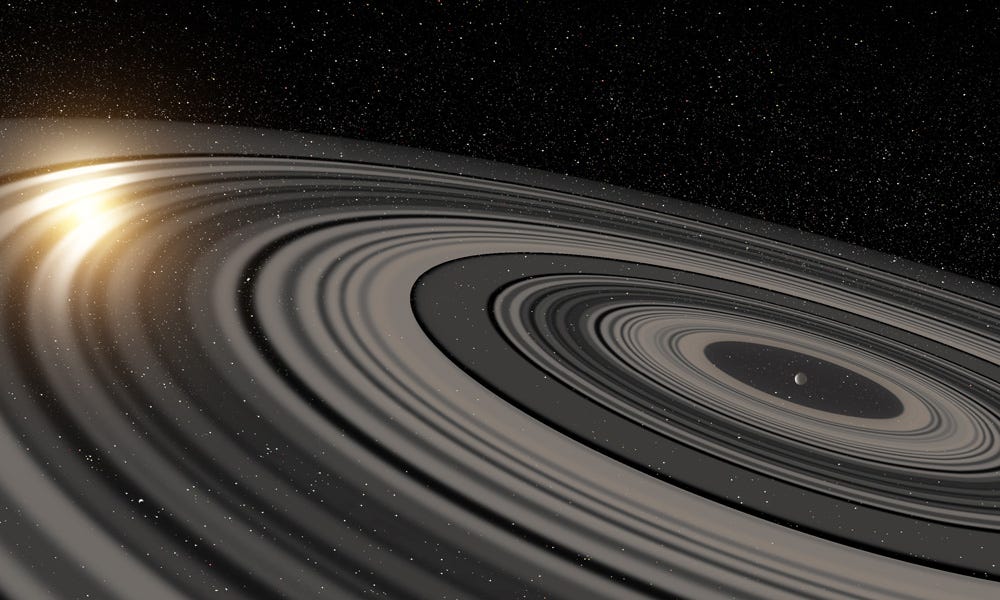
Scientists think Saturn’s rings could disappear in 100 millions years as its particles slowly fall onto the planet over time. One wonders just how does this Super Saturn maintain its massive ring system. Scientists aren’t even sure why does the gravity of its star not disintegrate the rings.
KELT-9b – A planet hotter than most stars in the Universe
Scientists were exclaimed by yet another unusual planet, KELT-9b. They found that the Jupiter-like planet orbits its star from pole to pole, unlike most planets ever found which orbit in the same plane as the rotation of their star. Did something cause this 90 degrees tilt in the orbit of KELT-9b? We don’t know.
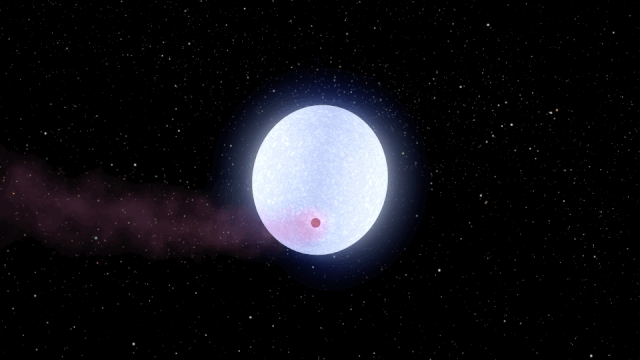
If this wasn’t bizarre enough, scientists found the planet to be quite hot, 4800 degrees Celsius hot to be exact. That’s hotter than the surface temperatures of most stars in the Universe. Give your brain a moment to digest that fact.
––––
Scientists set out to find planets around other stars in a quest for second Earth. While that search is still on, some other discoveries in the process were worldview-changing by themselves. Our galaxy is full of extreme worlds that break the rules, which have forced scientists to alter theories on how planets form.
Which of these extreme worlds is your favorite?
Originally published at The Print.
Like what you read? Support me to keep me going.
